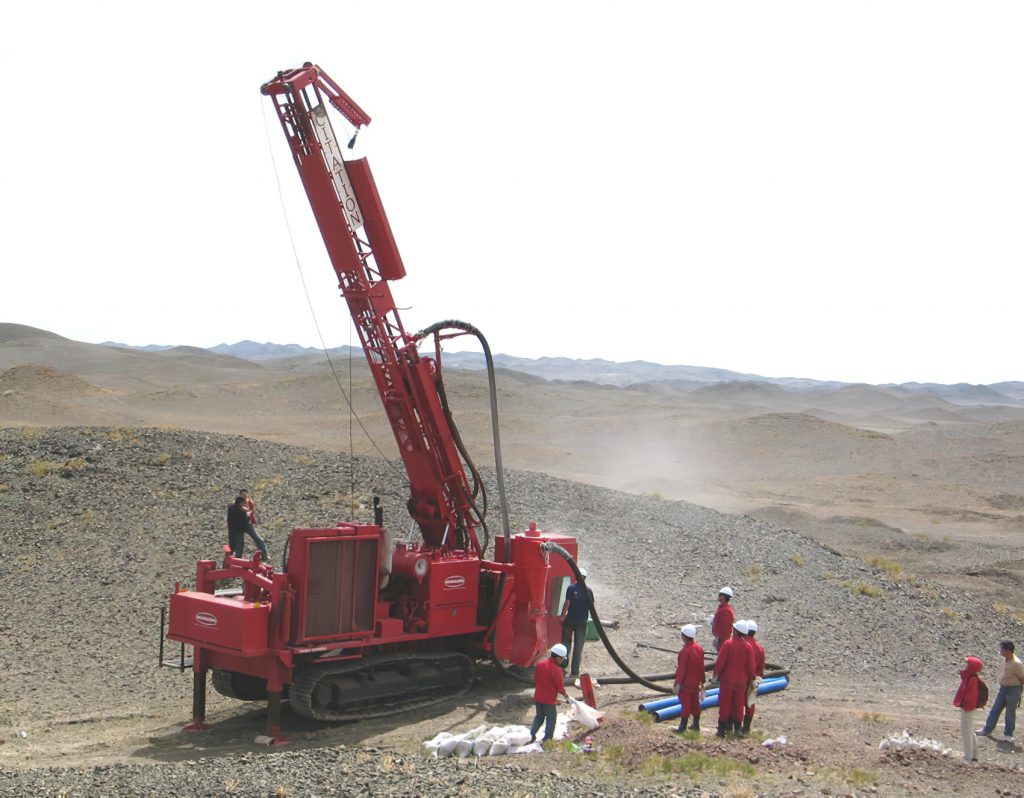
Vancouver-based Dynasty Gold (TSXV: DYG) has issued a statement denying allegations made about the use of forced labour at a project in China. The Canadian Ombudsperson for Responsible Enterprise (CORE) announced on July 11 that it had launched an investigation into the allegations, after issuing an initial assessment report on the same day.
The complaint, made by a coalition of 28 organizations, was filed with CORE in June 2022.
The allegations were first reported last month by the Globe and Mail, which named Dynasty Gold as the target of a CORE investigation concerning mineral exploration activity conducted in Xinjiang, the Chinese province at the heart ‘serious human rights violations’ against Uyghur Muslims, as called by the United Nations.
Also being investigated are Nike Canada, and more recently, Ralph Lauren. The investigation is looking into whether the companies used or benefited from forced Uyghur labour in their supply chains and operations in China.
This represents the first such investigation launched by CORE since it started its complaint mechanism in 2021. Complaints against 10 other companies filed by various civil society organizations are still being assessed by the agency.
In response to the initial report, Dynasty Gold responded via an emailed response to Reuters that the allegations were “totally unfounded.”
In the company’s press release Thursday, Dynasty said that the allegations are not supported by evidence, stating that the mineral exploration program at the heart of CORE’s allegations was conducted by a joint venture, in which the company was merely a funding partner.
According to Dynasty, this exploration program was completed in 2008, which was more than a decade before the alleged Uyghur human rights issues. “Dynasty Gold has never operated a mine in Xinjiang and has had no presence in Xinjiang since 2008, other than as a plaintiff in a lawsuit focused on ownership of the Hatu Qi-2 gold deposit, which has been mentioned in Dynasty Gold’s disclosure record,” it said.
While its investment in the joint venture’s exploration during 2004-2008 in Xinjiang resulted in the discovery of the Hatu Qi-2 gold deposit, the company said the mining permit was never transferred from Dynasty Gold’s Chinese venture partner to the joint venture.
In addition, and despite its “mostly passive role” in the joint venture, Dynasty Gold noted that “the joint venture provided on the job training to local workers (such as training on how to use mining software) and paid wages to local workers that were about double the local wages plus benefits.”
In its report, CORE noted that until recently, Dynasty’s corporate disclosures asserted its 70% ownership in the Hatu mine. CORE said the company’s disclosures raised questions about “the process and form of termination of DYG’s mineral exploration activities” in Xinjiang. Dynasty’s website currently says it is focused on projects in North America.
Shares of Dynasty Gold were up by 1.9% at the end of Thursday’s session. The company has a market capitalization of $16.2 million.